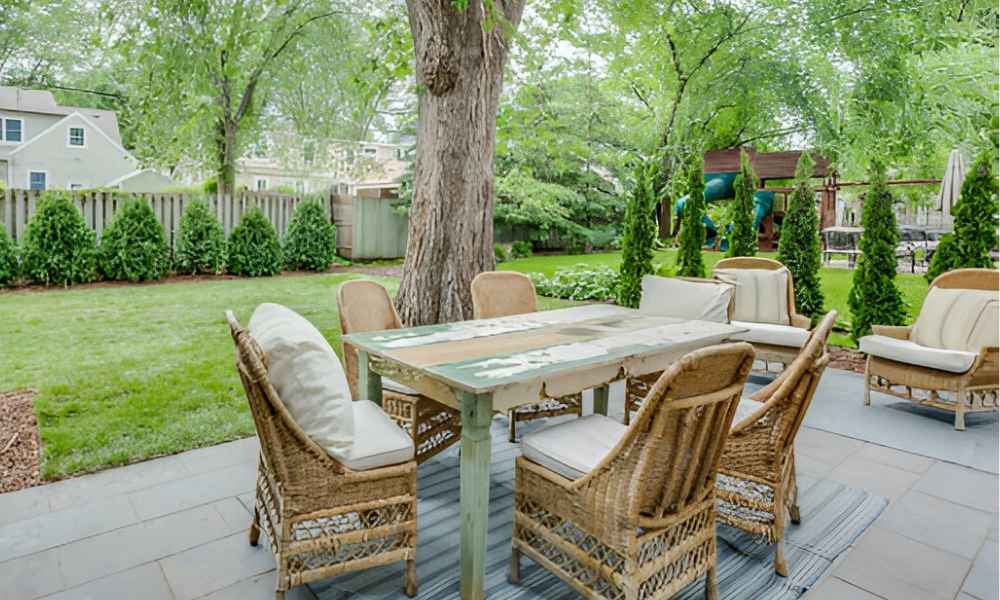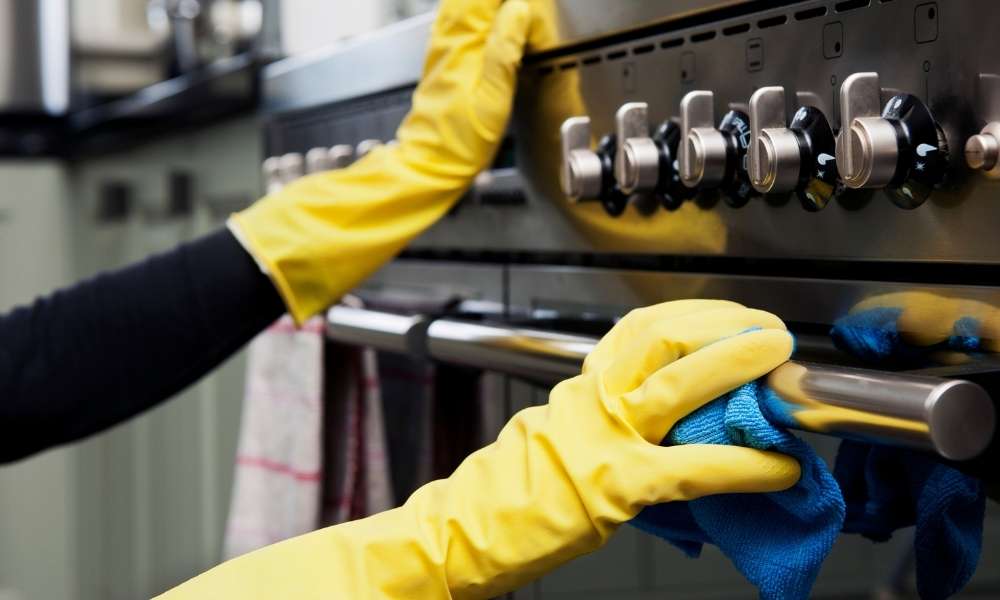Algae can quickly detract from the beauty of your patio or garden by turning your outdoor fabric into an ugly mess. It is crucial to know how to remove algae from outdoor fabric if you want to keep your furniture and décor looking good. Algae not only makes surfaces slick, but if left untreated, it can also result in irreversible staining. We’ll go over practical techniques and advice for getting rid of algae in this tutorial so that your outdoor areas stay colorful and welcoming all year round. Now let’s get started!
What causes algae to grow on outdoor fabrics?
Algae thrive in conditions that many outdoor fabrics, unfortunately, provide. Humidity and dampness, Combined with organic debris like dirt or pollen, Create the perfect storm for algae to flourish. Areas shaded from sunlight or poorly ventilated spaces allow moisture to linger, which only accelerates algae’s spread. Rain, Dew, Or even errant sprinkler water further aggravates the situation, turning A quiet corner of your patio into a green, Algae-infested zone.
Tools and Materials You’ll Need
- A soft brush or sponge
- Bucket
- White Vinegar
- Water Hose
- Protective Gloves
- Sunlight or Drying Rack
01. Warm, Soapy water

This simple solution not only revitalizes the look of your pillows And cushions but also helps extend their lifespan by preventing further growth.
Mix a few drops Of mild detergent into warm water, then use A soft brush or cloth To gently scrub the affected areas. The key is the warmth; It enhances the soap’s ability to break down stubborn grime And algae, Making removal easier.
02. Vinegar

Utilizing vinegar’s natural acidity can help break down stubborn algae buildup without resorting To harsh chemicals that might harm your fabric Or the environment.
To remove algae from outdoor fabric using vinegar, create a simple mixture of equal parts water and white vinegar. Apply this solution directly To the affected areas using A spray bottle, allowing it to sit For about 30 minutes To penetrate the fibers thoroughly.
03. Baking Soda

Whether it’s your patio cushions or A garden umbrella, the accumulation Of algae can make outdoor fabrics look unsightly and uninviting. Simply mixing baking soda with water to create A paste and applying it directly To the affected areas can help break down those stubborn green stains.
What makes baking soda particularly effective Is its mild abrasive nature combined with its alkalinity, Which disrupts the cell structure Of algae without damaging the fabric beneath. After allowing the paste To sit for about 15-20 minutes, A gentle scrub will reveal clean, renewed surfaces free from unsightly growths.
04. Bleach
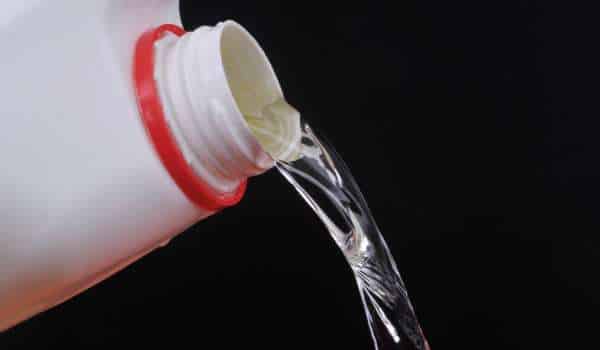
The potent properties of bleach not only dissolve green stains but also disinfect surfaces, Making your outdoor furniture look new while preventing future algae growth.
However, it’s essential To use bleach responsibly. Dilution is key—mixing one part bleach with three parts water can effectively target pesky algae without compromising the fabric’s integrity. To ensure lasting results, consider applying A protective spray after cleansing.
05. Pressure Washing
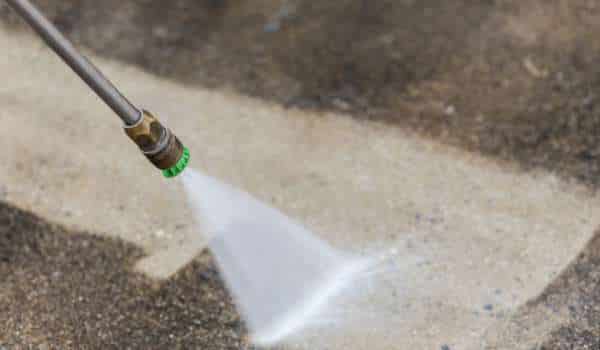
Algae growth not only compromises the aesthetic appeal of furniture And fabrics but can also cause deterioration over time. By utilizing high-pressure water jets, You can effectively eliminate these unsightly green patches without the need For harsh chemicals that could damage delicate fibers.
One of the lesser-known benefits of pressure washing is its ability To extend the lifespan of your outdoor textiles. Regular maintenance prevents the buildup of organic matter that attracts pests and contributes to fabric decay, Ensuring that your investments in patio loungers Or cushions remain pristine season after season.
06. Lemon Salt
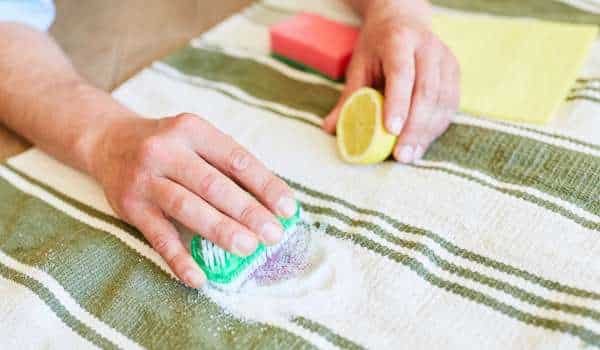
Simply mixing lemon juice with coarse salt creates A potent paste that not only brightens textiles but also acts As an eco-friendly cleaning agent. This combination serves as A powerful ally against stubborn green stains that tend To accumulate on patio cushions Or garden furniture.
Applying lemon salt to affected areas of outdoor fabric can Be both satisfying and efficient. The citric acid in lemons breaks down organic matter. While the abrasive quality of salt helps physically lift the algae from the fibers. To optimize results, Let the mixture sit for about 30 minutes before rinsing it off with warm water. You’ll notice how easily those unsightly patches vanish.
How to Remove Stubborn Algal Stains from Fabric
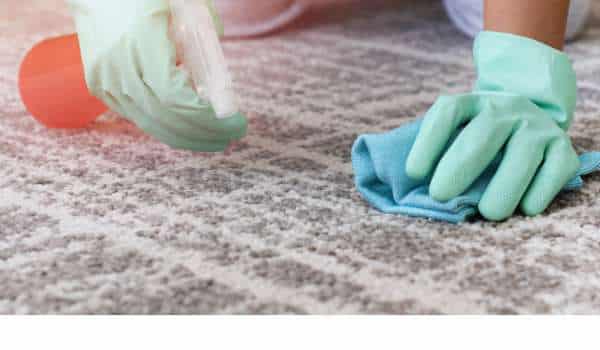
Even after a rigorous cleaning session, Some algae stains refuse to budge. These stubborn spots require A more focused attack. Start by creating A thick paste from vinegar and a dash Of baking soda. Apply the paste directly onto the algae stain, Allowing it to sit for 15-20 minutes. This resting period enables the vinegar to penetrate the algae’s grip, while the baking soda works as a mild abrasive. Once the time is up, Gently scrub the area with a soft-bristled brush or cloth, Using circular motions to lift the stain. Thoroughly rinse the fabric with water. Then let it air dry under direct sunlight—the sun’s UV rays will act as A natural disinfectant, Preventing regrowth.
If the stain persists after this treatment, A diluted bleach solution could Be your last resort. Mix one part bleach with ten parts water, And apply cautiously to the stain. Ensure that the fabric can tolerate bleach before proceeding, And always rinse the treated area thoroughly afterward. Allow the fabric To dry fully before reuse.
How To Get Algae Off Decking
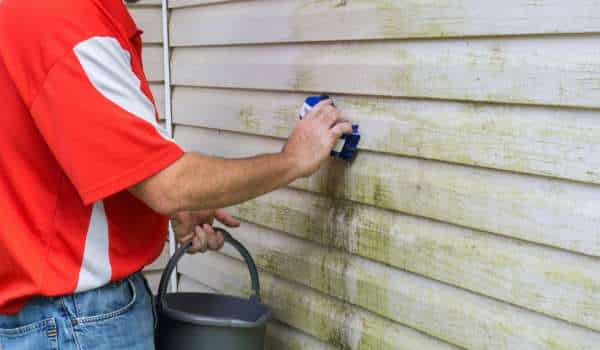
Algae doesn’t limit itself to fabric—it’s just as likely To set its sights on your decking, Turning it into A slippery hazard. The beneficial news? The removal process isn’t much different. Begin by sweeping away loose debris, Leaves, Or dirt that might shelter algae. Then apply A solution of warm soapy water or vinegar To the algae-covered areas. Using a stiff-bristled brush, Scrub the surface thoroughly, working the solution into the decking’s texture. For larger areas Or severe algae buildup, pressure washing is An efficient method To clear the deck of this green invader. After cleaning, consider applying A wood sealant or anti-algae treatment To protect the surface And prevent future growth.
Professional Help To Remove Green Algae
Sometimes, Algae infestations can be too vast Or persistent for DIY efforts. In such cases, It’s worth considering professional help. Experts not only have access To high-grade cleaning equipment but also possess the knowledge To assess the severity of the infestation And choose the most appropriate removal techniques. They can tackle extensive algae growth with industrial-grade solutions that are both highly effective And safe for your outdoor fabrics And decking. Additionally, Hiring professionals not only saves time And effort but also guarantees A thorough job, Thereby offering peace of mind.
Conclusion
By regularly inspecting your outdoor fabrics and promptly addressing any signs Of algae growth. You can prolong their lifespan And maintain their appearance. When possible, use eco-friendly cleaners To protect your surroundings while achieving the best results. Additionally, implementing preventive measures such As proper storage And maintenance can significantly reduce the likelihood Of future infestations. Start today by implementing these tips, Ensuring that your outdoor spaces remain clean and inviting!
Faqs
How do I prevent algae from resurfacing after cleaning?
Make sure to regularly clean your outdoor fabric, Allow ample sunlight exposure. Store items in a dry place when not in use To prevent algae growth.
Is it safe to pressure wash outdoor fabrics with algae?
Pressure washing can damage delicate fabrics. It’s advisable to use A gentle spray setting, Or simply scrub with A soft brush And cleaner instead.
Will removing algae from my outdoor fabric improve its quality?
Yes! Regular cleaning Of algae not only improves appearance But also helps maintain the integrity of the fabric, Extending its lifespan significantly.
What homemade solutions work best for removing algae from outdoor fabric?
A mixture of equal parts water And white vinegar Or baking soda, Combined with water. Can effectively clean algae without damaging your fabrics.
Should I treat algae-induced stains differently than regular dirt stains?
Yes! Algae stains may require specific treatments like soaking in A vinegar solution before washing. While regular dirt stains might just need soap and water.

